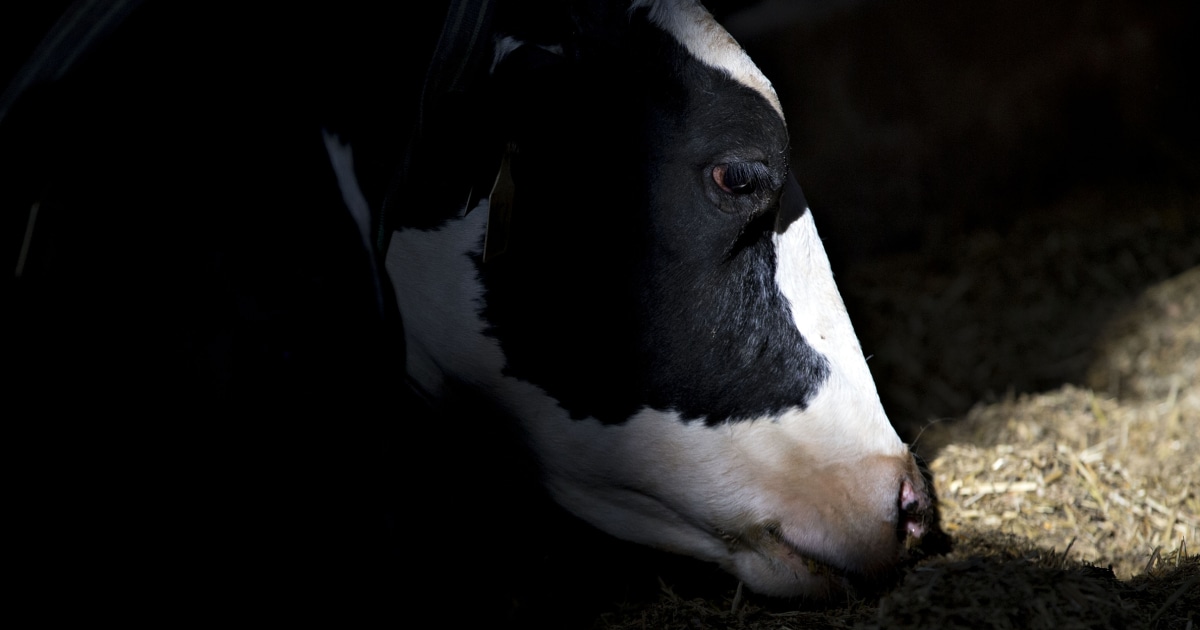The bird flu virus hasn’t yet spread from person to person, the Centers for Disease Control and Prevention said Thursday, releasing findings from a monthslong probe into a patient in Missouri who was hospitalized with H5N1.
The patient, who tested positive for bird flu in August, had no known contact with dairy cows or poultry. H5N1, or bird flu, has been spreading among farm animals, wild birds and other animals and has infected 31 people, mostly farmworkers, in the U.S.
After the Missouri patient fell ill, several close contacts reported respiratory symptoms and health officials conducted serologic, or blood, tests to determine if the virus had spread among them. Test results on five health care workers who became ill after caring for the patient came back negative for any sign of the virus, Dr. Demetre Daskalakis, who heads the CDC’s National Center for Immunization and Respiratory Diseases, said during a media briefing.
“From the perspective of where we are with this investigation, I think we’ve got the conclusion,” Daskalakis said.
One blood test on a household member of the patient who became ill suggested the person did have H5 antibodies. A second test was unable to confirm the finding.
An additional look at the cases gave investigators confidence that the patient did not make the household contact sick.
It appears that the two people became sick at the same time from the same source — likely some kind of animal or animal product, the CDC said. Both people developed symptoms, which were mostly gastrointestinal, simultaneously.
“We arrived at the same conclusion using different lines of evidence as it relates to person-to-person transmission,” said Dr. Nirav Shah, the CDC’s principal deputy director. All of the people who fell ill have since recovered.
It’s reassuring news indicating the virus hasn’t mutated in ways that would allow it to spread easily between people.
Cases are increasing in the West
The virus is continuing to spread from infected birds and cows to people, however.
While CDC officials maintained that the risk of bird flu in the general population is low, people who work directly with wildlife and farm animals are more likely to become infected.
The bird flu outbreak in dairy cows has infected 333 herds across 14 states so far.
Most of the people who have gotten sick are linked to dairy cows.
Two workers who were culling chickens at a poultry farm in Washington recently became ill. That number is expected to rise, prompting Washington state to invite a CDC team to help with the investigation.
“Folks on the ground in Washington are doing investigations. Their lab may be running samples. Our lab is running samples,” Shah said. “This is a fast-moving situation.”
California, which has reported the largest number of bird flu cases, 15, has also asked for federal help, the CDC said.
Dr. Erica Pan, deputy director for the California Department of Public Health’s Center for Infectious Diseases, said the agency and local health departments are reaching out to workers at farms with H5N1 in animals “on a daily basis.”
“These are proactive health checks,” Pan said. “It’s about actually checking with them, ‘How are you doing? Are you having symptoms?’”
People who have been infected with bird flu have generally had mild symptoms, mainly redness and discharge from the eyes, as well as some reports of upper respiratory illness.
Other states that have reported human H5N1 cases are Colorado, Michigan and Texas.

Leave a Reply